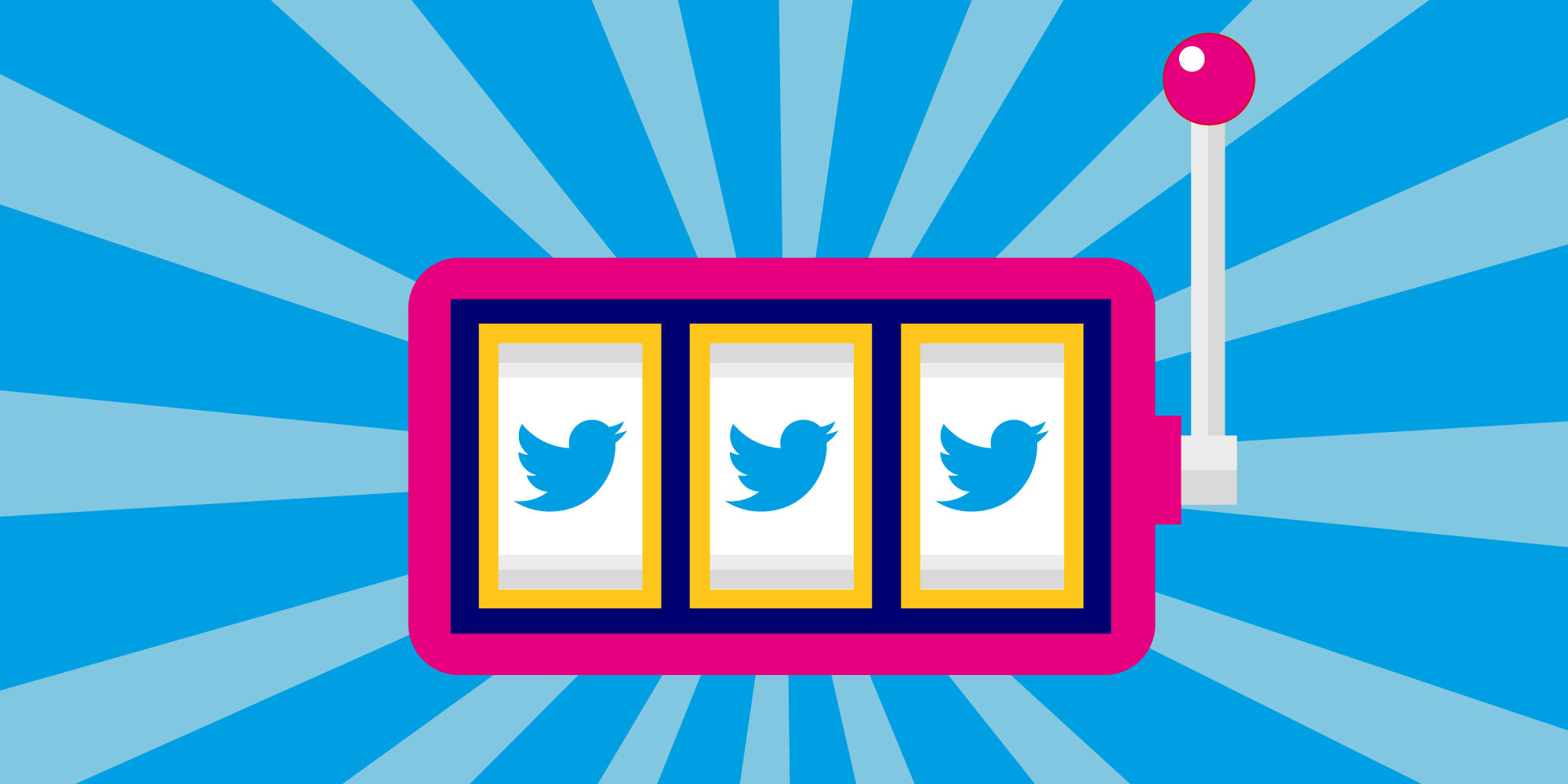4 Tips to Optimise Your Twitter
It’s easy to be fooled into thinking Twitter is just another newsfeed – with only the most eye-catching posts halting a rather casual scroll down your feed at the speed of a Vegas slot machine.
It’s just as easy to miss how you can use Twitter as a tool for your audience objectives and business goals - such as driving traffic to your site and getting honest feedback from your customers. So as a publisher, how do you create those stand-out posts that look as tantalising as a three cherry jackpot, and stop your audience scrolling past? And how do you create and publish content that really matters to them? How do you discipline yourself to focus on finding the winning engagement formula, as opposed to the vanity goal of follower count? If you’re unsure if you’ve got the basics down, follow this guide. We’re confident you’ll see an uptick in engagement, enlist brand champions and provoke that all important, two-way dialogue.
1. First impressions count
This is where you introduce yourself, so build a profile that stands out. Start out with the following:
PROFILE PICTURE AND BANNER IMAGE
Upload your brand logo as your profile picture and then you are free to be playful with colour and compelling imagery for your banner – nail down an immediate visual impact.
BIO
Offer an elevator pitch about your brand, whilst incorporating personality into the copy. You only have 280 characters to engage potential followers, so make it catchy. Twitter bios are indexed by search engines so don’t forget to include your keywords.
WEBSITE
Provide a link to your website in your profile, sending people to the homepage or another appropriate landing page. It’s also a good idea to promote your Twitter handle across all communication points, like your website footer and email signatures.
LOCATION
Not only does this show where you are based, it can open up the possibility of reaching new people and businesses in your local area who may not have originally been searching for you.
2. Scout your audience
People use Twitter to discover what’s happening in the world and to share information instantly. So, finding people who are interested in the same things as you, is vital. You need to identify what’s meaningful in their life, what they are doing and what they are searching for in their lives- and when you find them, and make relevant content that appeals to them, you’ll have found the followers who will engage the most. Try these searches in the Twitter ad section to get you started:
Age or gender
Username – based on the people and brands they follow
Interests – from books, to lifestyle choices, to sports
Conversation – what topics and hashtags people are actively participating in
3. Create great content
WORDS
It is key to give new insights to your audience, so they ‘get’ something in reward for their attention. And when sharing this information, talk like a person, not like a business. In other words, use your personality so your followers feel you are talking to them on a personal level, whilst remaining consistent with your brand’s tone of voice. And don’t forget to include some of those all-important keywords. Research suggests it is most effective when you keep your captions to a maximum of 100 characters.
IMAGE
Use relevant images that are vibrant, shareable and capture the eye of your community. If you are able, have an aspiring photographer in your team capture original pictures and bank them for your Twitter content – rather than relying on stock imagery, that your followers may well have been seen before. If you do use repurposed imagery, make sure they have your consistent brand treatment on them, so the aesthetic remains strong throughout your feed. You can also save time by creating templates for quotes, for example, using your brand colours as backdrop and including your brands font guidelines.
VIDEO
Video content has been growing on Twitter with it being the channel’s fastest growing advertising option. Research also shows it generates a 31% higher emotional connection and 28% higher levels of memorability, so it is an asset certainly worth investing in to drive engagement on your feed. 15-second edits are recommended and keep it mobile-friendly.
OPTIMISE YOUR CHANNEL
HASHTAGS
Hashtags enable you to be a part of wider conversations and allow users to find your content easily. Look at what’s trending each day and check out what influencers are doing. You’ll be surprised at the number of topics you can join.
WHEN
According to research, weekdays have a stronger performance rate than the weekend, with noon, or 5-6pm being strong to maximise retweets and click throughs. But testing different dayparts is the best way to see when YOUR audience are more likely to engage.
FREQUENCY
You want to avoid clogging your audiences’ feeds with unnecessary content, remembering they are not only using this channel to hear about your brand. 4-5 Tweets is plenty but if you don’t have anything valuable to say, then don’t force posting.
4. Be interactive
Your brand needs to be consistently engaged in order to drive conversation and keep hold of your committed audience. Each day consider the following steps:
Respond quickly and naturally to followers – within 2 hours is ideal, just don’t leave it any longer than 24 hours
Retweet, like and follow your customers back
Tag relevant opinion leaders and influencers to notify them so they share visibility, and hopefully the reach of the post if they share or like it
Twitter is a powerful platform that enables you to build meaningful and purposeful relationships, that can ultimately drive fame and in time, brand love. So, say goodbye to vanity metrics, and put more effort into designing every post to maximise engagement. If you’re successful in this, your followers themselves will do the follower acquisition job on your behalf.

